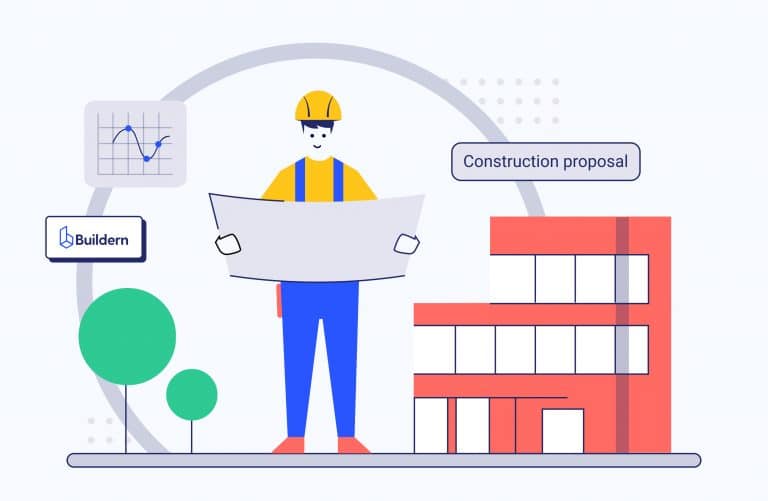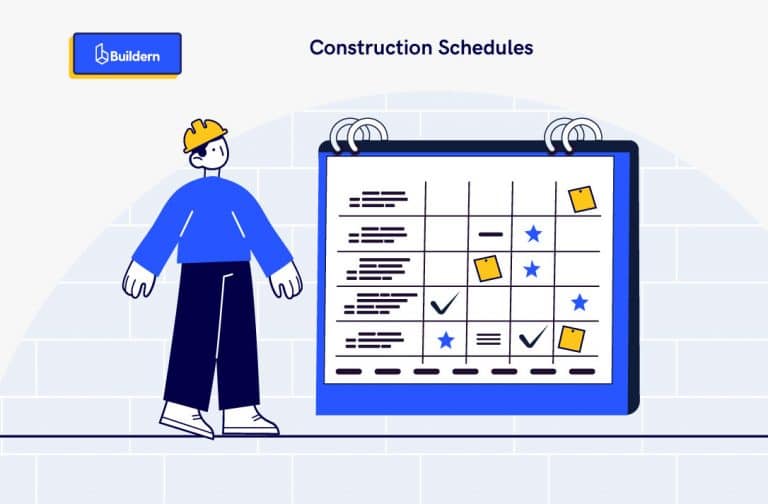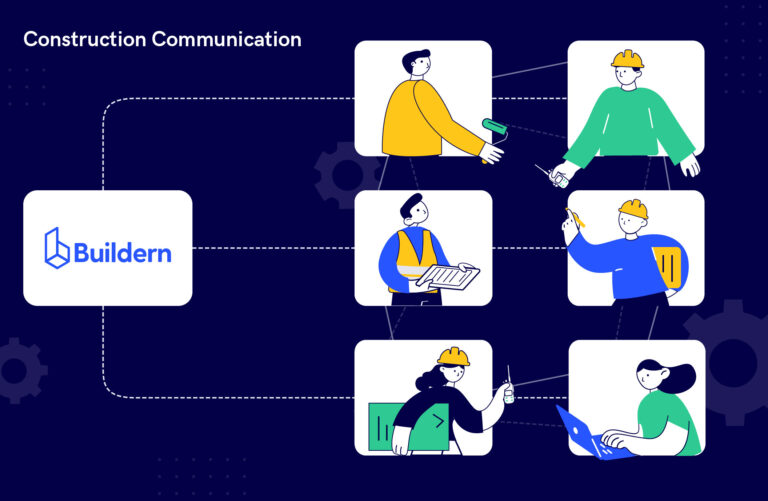Construction Site Safety: Accident Cases and Rules to Keep
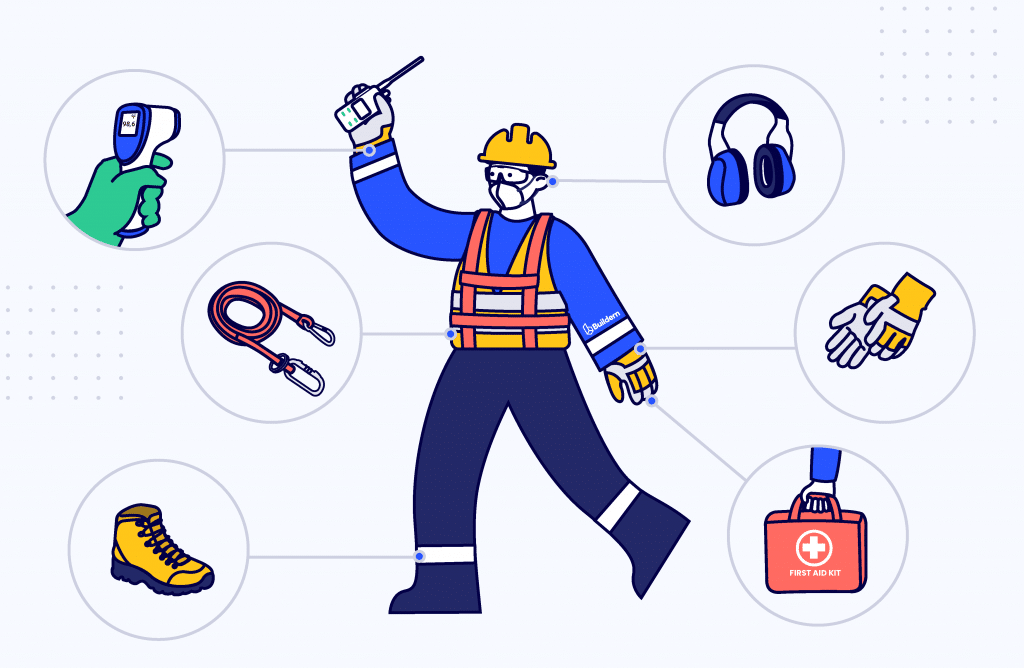
It’s not a secret to anyone that construction site is among one the most dangerous workplaces. One in every five deaths among US workers occurs in the construction industry. Compared to 4,764 construction workers dying on their job, the number rose to 5,190 deaths through 2021.
These statistics prove that construction companies are responsible for ensuring construction site safety and their employees’ well-being. And with so many new technologies being introduced to the industry, it’s shocking that most companies still fail to ensure high safety management standards, increasing the number of fatal injuries.
To prevent accidents and improve safety at the workplace, construction companies must clearly understand what causes fatal accidents on their sites. From the common death causes to the most preventable ones, we have collected a list of construction accidents and safety rules to help you improve safety and protect your employees. But before we move on to some construction site safety rules that your company should adhere to, let’s start by defining construction site safety and understanding its importance.
What Is Construction Site Safety?
Construction site safety refers to the practices, protocols, and rules that are implemented on a construction site to reduce or eliminate potential hazards. Construction sites are usually full of activities that can expose the workers to dangers, like falling objects, working from the rooftops or scaffolding, using electrical circuits, exposure to heavy equipment, etc. Thus, engaging in these activities raises the risk of fatal injuries, making the construction site unsafe.
Construction site safety practices aim to eliminate these threats by maintaining safety rules, training, and regulatory requirements. While the construction site safety rules vary from one state to another, there are some universal practices that all companies should follow.
Understanding and being aware of the potential dangers is one of the most crucial steps of safety management, so let’s start by looking at some of the most common risks and problems that workers confront on the construction site.
Accidents that occur on the construction site
Here are some of the most common accidents the construction employees might come across during their work:
#1 Height-Related Accidents

Have you ever got shivers down your spine only by watching a construction employee working from the twenty-second floor? Well, that’s for a reason. Working from heights does not only seem scary — it is also pretty frightening. That’s because the construction industry accounts for over 46% of all fatal falls, slips, and trips. While working at heights, the employees are exposed to a wide range of risks, like scaffolding collapsing or falling from ladders.
The thing is that injuries caused by falls are more life-threatening and fatal than the other types of injuries. Surviving from a fall of more than 30 feet is almost impossible. But the sad part is that even six feet can be fatal if the employee lands on the wrong body parts. That’s because neck, head, and spinal injuries, which are the main results of falls, leave workers with severe disabilities or even death, no matter the height of the fall.
Usually, slips and trips can happen because there is something in the worker’s way, like materials or waste. Some slips and trips are also the cause of working on uneven surfaces.
However, it is possible to avoid most cases and injuries if the company introduces effective workplace management, giving more access to the stairwells, corridors, routes, and site cabins.
To prevent such accidents, construction companies should also provide their employees with fall protection equipment and appropriate training to their employees. Awareness and perpetual alertness will help avoid most accidents. Companies must organize training sessions and mock drills to ensure that their employees know the potential risks and how to respond in case of a fall. The OSHA Safety Check Lists have decent information to ensure the construction site is free of serious hazards.
#2 Demolition Accidents
The demolition of a building refers to the deliberate act of destroying, dismantling, or wrecking it, usually for reconstruction purposes or for building a different structure. Demolishing no longer necessary buildings is a delicate process that requires careful planning and execution.
Although it might seem simple for a person not well aware of the construction industry, demolition requires high precision. So no, you don’t simply “know down” the structure. And when some companies fail to ensure that precision, demolition processes lead to fatal deaths for the workers and people nearby.
Types of Demolition Accidents
Construction workers have to take extra precautions when demolition occurs in their vicinity. Here are the most common types of accidents that occur during a demolition process:
- Staircases, walls, or staircases collapse. This is the most common and deadly type of industrial accident. When a building is demolished, it often collapses unexpectedly, trapping workers in the rubble and leading to serious injuries or death.
- Particles and debris flying around. Dust, particles, and other items that get airborne pose a potential threat. Flying objects can hit any of the workers, leading to severe injuries or even death.
- Gas explosions. Sparks from the demolition equipment or any other heat source can cause fires and gas explosions.
- Poor-quality materials. Another case is when the construction workers use poor-quality materials, which can lead to a building collapse. Construction companies must design and implement strict quality tests and protocols to ensure the structure corresponds to corresponding quality standards and regulations.
To ensure safety, companies must hire certified professionals with adequate expertise to take charge and provide safety harnesses, helmets, and other PPEs to the workers participating in the demolition process. Rudely neglecting these practices can result in grave consequences.
According to the OSHA report, in 2019, there were 20 demolition-related deaths in the industry. Although this number decreased in 2020, it was mainly due to the pandemic, which affected the industry overall.
That’s why organizing construction site safety training and engaging in preparatory operations like the completion of engineering surveys are necessary for all companies if they want to ensure safe demolition practices for their employees.
#3 Vibration-Related Injuries
Resulting in overexertion, vibration-related injuries occur when construction workers operate heavy equipment such as jackhammers or bulldozers.
Depending on the type of machinery, such vibrations will affect body parts differently. For example, a jackhammer can cause vibration in the hands and arms, causing forearm and hand-arm vibration syndrome (HAVS) over time. This condition involves deteriorating the arms and hands’ nerves, joints, and muscles.
Vibration-related injuries, like back pain and musculoskeletal disorders, affect the body in multiple ways. Untimely prevention may lead to detrimental health issues, including but not limited to the following:
- Lumbar spine and connected nervous system irritation
- Internal organ disorders
- Cardiovascular issues
- Causing workers to experience chronic fatigue and distress
- Altered body movements
To mitigate the harm brought on by these types of injuries, employers must provide their workers with all the necessary personal protective equipment and machine tools. Also, training sessions emphasizing the risks of operating heavy machinery are vital to ensure workers are aware of the potential threats and know how to use the equipment properly.
#4 Fires and Explosions
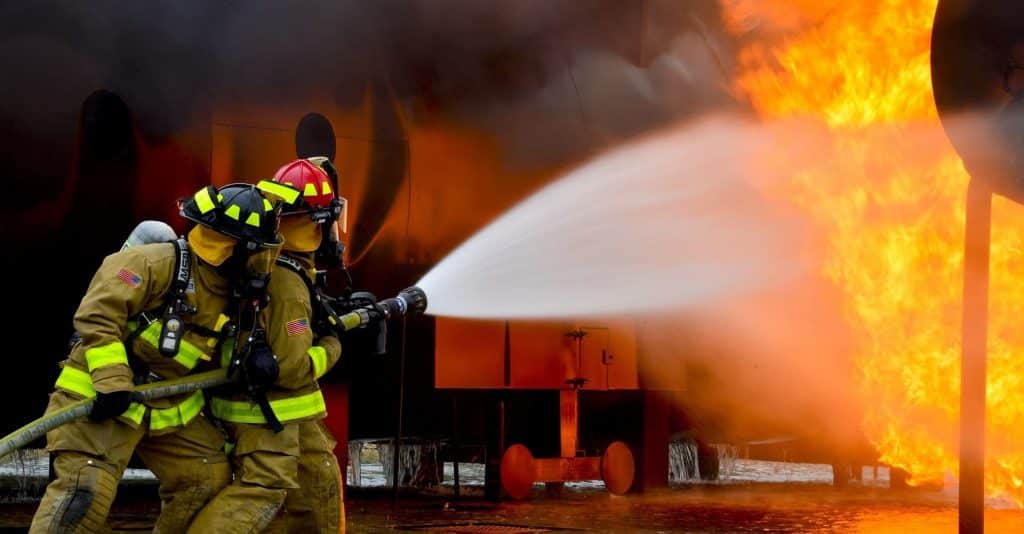
The number of deaths resulting in fires and explosions in the construction industry varies between official sources. OSHA has reported that, on average, the construction industry confronts 36 fire and explosion deaths annually. According to the U.S. Bureau of Labor Statistics (BLS), nearly 66 construction workers die yearly due to explosions, fires, and chemical exposure. Regardless of the discrepancies, one thing is sure: fire and explosions can cause irremediable damage to the workers and people nearby. Uncontrolled ignition is one of the scariest cases on the construction site.
The threats of fires and explosions come from several sources. The thing is, even a speck of dust or an arc of flesh can all of the suddenly turn the usual working routine of a house building into a huge incident by setting the construction site on fire.
Sparks from construction equipment and other heat sources can ignite flammable materials, resulting in massive fires. Other possible causes also include faulty wiring and the mixing of incompatible chemicals.
Here’s a brief list of reasons why fire and explosion incidents take place:
- Flammable liquids and materials left unattended in unsafe conditions
- Poorly-maintained electrical wiring
- Inadequate safety protocols
- Chemical drums or tanks
- Heating devices left unattended
- Blasting or explosive agents
- Liquefied petroleum gas
- Electrical crashes
- Compressed gas cylinders
Fire and explosion incidents usually leave the construction workers with severe injuries, the most frequent of which are the eyes, brain, ear burns, or abdominal bleeding.
#5 Crane and Forklift Accidents
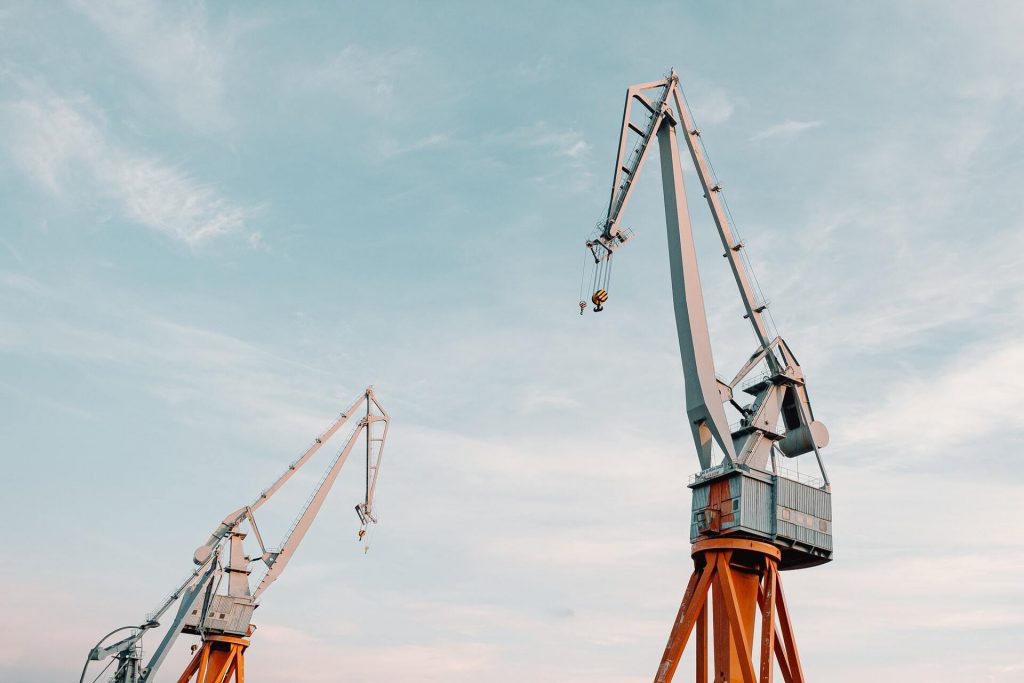
Yes, cranes and forklifts are essential for any construction project. They help to complete the work faster and improve productivity. However, they also come with their drawbacks. Without a pro operating them, however, these machines can be risky. Most of the time, accidents resulting from cranes and forklifts occur due to improper use or a lack of maintenance.
If procedures are not followed correctly, this may physically harm workers or bystanders. Injuries include crushed bones, fractures, head trauma, and even fatal cases.
Here are some factors that can cause crane accidents:
- Snapping and breaking cables
- Poorly maintained brakes
- Overloading or exceeding weight limits
- Inadequate crane inspections
- Forgetting to check the equipment before operating
- Improperly trained operators
- Inconsistent communication between crane and ground workers
- Operator error
And even if your company is using well-maintained and comparatively new equipment, there are still chances that it will fail to operate. But of course, ensuring construction site safety is the primary duty of the employer, so if the accident happens because the equipment was not properly maintained, the employee has the right and should demand compensation.
To prevent crane and forklift accidents, crane operators must be certified and trained to properly operate the equipment to avoid tipping over and dropping heavy objects. Also, employers should regularly inspect and maintain their crane and forklift equipment.
#6 Trench Accidents
A trench is a kind of excavation that is deeper than its width and narrower than its length. It is a common sight in the construction industry, as many construction projects, such as house building, will need trenches at some phase. Builders use trenches to lay the foundations for structures and to connect pipes, cables, and other utilities.
Unfortunately, trenches are also one of the most dangerous places in construction sites. Their deepness and narrow shape can cause cave-ins, resulting in fatal injuries or even death.
They can cause various accidents, including cave-ins, dangerous fumes or gases, or falling loads and objects from above. The most dangerous of these accidents is the cave-in of the worker inside the trench. The factors that can cause cave-in accidents include:
- Poor protection systems on the site
- Vibration from nearby traffic or equipment
- Excavated materials being placed too close to the trench
- Not inspecting the trench before each shift and especially neglecting it after different weather events
- Inadequate safety equipment like ladders or shelves for workers to escape if an emergency occurs
- Asphyxiation from soil particles, dust, and fumes
#7 Machinery Accidents

For most construction projects, dealing with heavy machinery is an inevitable part of the working process. Construction vehicles are used in all types of construction projects, including road construction, house building, or reconstruction.
They help decrease the building time and improve the overall efficiency of the work. For instance, a backhoe is able to dig a hole only in a few minutes, whereas without it, you would need a team of workers with shovels to do the same task.
Despite the efficiency gains, massive machines can cause inherent risks to workers. Common accidents that these machines can cause include:
- Rollovers
- Collapses resulted in overweight loading
- Machine collisions
- Fallen objects from a height when the machine overturns
- Electrocution and falls from heights
- Burns due to exposure to hot surfaces
- Being run over or crushed by the machine
- Being struck by flying debris or objects
- Falling from elevated platforms
- Having limbs caught in moving parts
Let’s have a closer look at some cases:
Rollovers
A rollover happens when the machine fails to maintain balance and topples to the side. Such accidents can usually occur with operators losing control of the machine or driving too fast over an uneven surface.
To prevent such accidents, operators must be trained to drive heavy machines with caution, and operators should be aware of the terrain they are driving on.
Collapses
The collapse occurs when heavy machines crumple to the ground, mainly due to the weight of their cargo. This accident can also be caused by overloaded vehicles or poor maintenance of the machines. To prevent such accidents, employers must regularly inspect their heavy machinery and only load according to the manufacturer’s instructions.
Burns
Burns can occur due to contact with hot surfaces, such as the engine or exhaust system. To prevent such accidents, employers should provide protective clothing to their workers. Moreover, all machinery should be properly maintained to reduce the chances of faulty parts or overheating.
#8 Exposure to dangerous chemicals or toxins
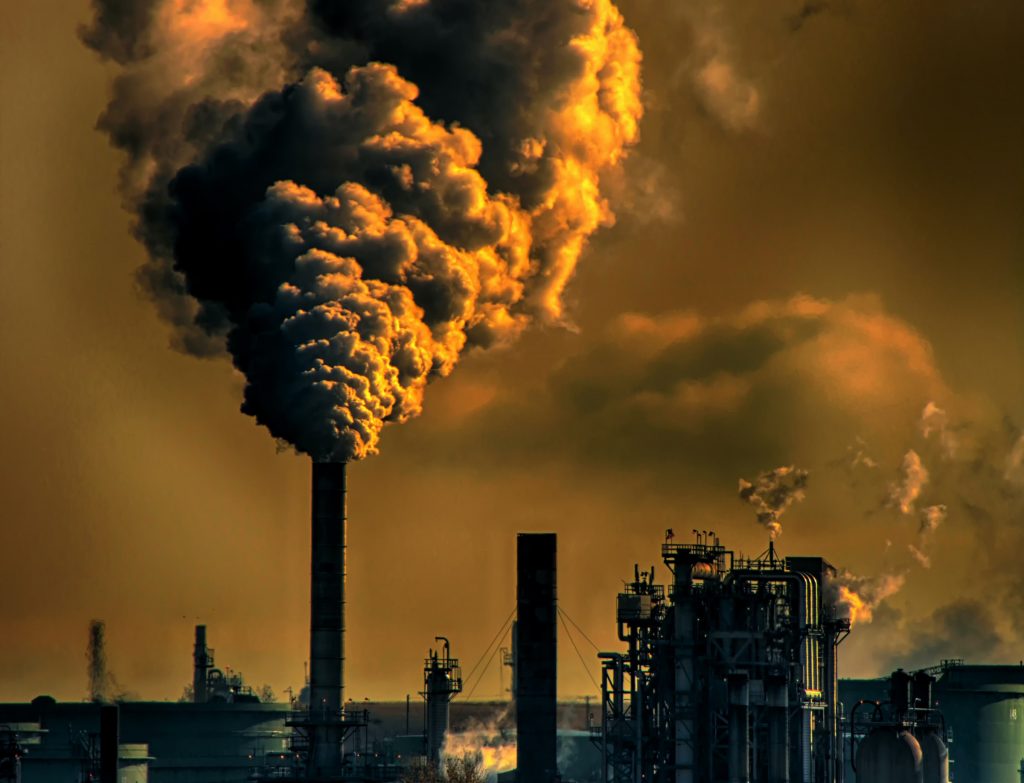
In construction, the health and safety of the workers are at risk as most of them are often exposed to chemicals and toxins. Some of the common dangerous substances and chemicals include:
- Glues
- Acids
- Pesticides
- Gasoline fumes
- Hot tars
- Carbon monoxides
- Paints
- Insulation materials
- Solvents
- Asbestos
- Cadmium
- Silica
- etc.
Most of the illnesses or injuries caused by toxic substances might show up years after exposure. Some common diseases caused by them are lead poisoning, metal fume fever, cancer, and manganism.
#9 Electrocution Cases
Electrocution is the severe injury or death caused by the electric shock, which is an electric current that passes through the body. Statistics show the construction industry is responsible for over the half of all electrocutions, resulting in massive fatalities and injuries in the workplace.
Electrocution causes mainly four types of injuries:
- Flash: when there is a superficial burn on the body.
- Flame: when the arc flash makes someone’s clothes ignite.
- Lightning: an electrical current that flows through a person’s body.
- True: when the person becomes part of the electrical circuit, and the electricity enters and exits the body.
#10 Getting caught in between objects or materials
Getting caught between objects is among the four main safety hazards defined by OSHA.
It is caused when the worker is compressed between gigantic objects or equipment, killed by being stuck, or crushed by materials and collapsing structures.
It can cause all types of injuries, but most accidents are fatal.
#11 Elevator Shaft Accidents
The last construction site safety rule on our list is elevator shaft accidents.
When elevators get stuck at the top of the button, they can cause an open elevator shaft, and falling from that shaft may have a deadly outcome.
In construction, the elevator shafts are too narrow and extended, so the fall victims can get bruises, scrapes, or broken bones from the accident. Thus, if they do not have proper safety equipment, these accidents will cause more severe damage, like spinal damage, brain injuries, and even death.
Safety engineers must regularly inspect the elevator shaft to avoid accidents from lifting and lowering elevators. Moreover, employers should provide workers with the necessary safety equipment, like harnesses and helmets, to protect them from potential harm.
These were some of the most frequent problems on the construction site. Although many of the unfortunate cases could be hard to prevent by the company, some fatal incidents and severe injuries could be easily avoided if the construction company maintained the construction site safety rules.
That’s why construction workers should have insurance packages to get their compensation if accidents occur. At the same time, construction companies themselves acquire insurance to cover the compensations and reconstruction costs when needed.
Let’s take a closer look at the common construction insurance types.
Construction Insurances
Construction insurance is a broad term that includes a wide range of insurances and policies that protect workers or company owners during construction projects.

Here are some of the insurance types often used in the industry:
Builders Risk Insurance
COC or Course of Construction insurance protects property owners, contractors, or developers during major construction or reconstruction works. As the values associated with big projects are pretty high, it is almost inevitable that the company protects its investment with COC insurance — with it, all the project stakeholders are protected if there’s a loss.
Typically COC covers:
- the costs of reconstruction,
- the labor needed to rebuild,
- off-site coverage,
- bylaws,
- sewer backup,
- important records or papers,
- professional fees,
- off-site transit,
- the existing structure (its actual cash value).
Optionally, this insurance can also include earthquakes or floods. The main advantage of COC contracts is that their coverage is specific to the construction project and can be tailored according to the customer’s needs. For certain clients, COC insurance can also provide professional risk assessment services to help you avoid major accidents.
Commercial & Contractor General Liability Insurance
General liability insurance (GL), also known as business liability insurance, protects the construction company from a range of claims, including property damage, bodily injury, personal injury, etc.
GL usually covers:
- bodily injury or property damage liability
- relevant medical payments
- the advertising and personal injury
- damage made to the premises which were rented to you
For a construction company, owning GL insurance shows that your company is mature. Some of your clients might even require you to have GL insurance before they agree to work with you. Protect your business from liability claims
Errors & Omissions Insurance/ Professional Liability Insurance
E&O insurance stands short for Errors and Omissions insurance, also referred to as professional liability insurance. It helps construction companies protect themselves from lawsuits that blame them for a mistake of professional services they haven’t made.
This insurance covers the following:
- the court costs
- attorney fees which can cost from $3K up to %150K
- administrative costs (paying office managers or court reporters)
- judgments or settlements, which can cause millions of dollars
Without E&O insurance, it would be too costly for the construction companies to cover all the court costs and settlements on their own.
Commercial Truck Insurances
As the name suggests, commercial truck insurance is the type of auto insurance for construction companies or truck businesses that use trucks and truck drivers a lot. This insurance provides financial aid and legally protects the company from property damage or bodily injuries, along with coverage for cargo and trucking equipment.
On the other hand, commercial auto insurance covers a wider range of vehicles used by construction companies for different construction projects. (road construction, private projects, industrial project, house building, etc.) Of course, it can also be used by other businesses using vehicles at work.
Truck insurance covers almost all types of trucks, including:
- Pickup trucks
- Cement mixers
- Tow trucks
- Box trucks
- Dump trucks
- Tractors and semi-trucks
This insurance will help you in case a truck accident happens, and your driver got bodily injuries, or it caused an advertising injury to the company. It covers all the medical payments and property damage caused to the company.
Inland Marine Insurance
Don’t let the term “marine” confuse you. Inland marine insurance has nothing to do with the sea. If the marine insurance covers products transported over water, the inland marine insurance covers the ones transported overland.
The type of products it covers from safety hazards include:
- Computers (servers, laptops, etc.),
- Networking and communication equipment,
- Contracting and construction equipment,
- Medical, scientific equipment,
- Photography equipment.
This insurance will help construction companies protect their construction products and equipment when transported or delivered.
Contractor License Bonds
This one is for the contractors and clients of your construction company. A contractor license bond legally ensures them and the public that if your company does not fulfill the terms of the bond, they can get compensation.
For instance, if you fail to perform quality work on one of your client’s projects and refuse the reconstruction demands, your customer can easily file a claim against you.
For construction companies, agreeing to sign contractor license bonds proves to your clients or the public that you are confident that your company can fulfill all the project requirements.
Construction Bonds
Another type of surety bond is the construction bond inventors use to protect them against financial loss due to the company’s failure to complete the project and meet all the contract specifications successfully.
There are different types of construction bonds. Again, for the construction company signing the bond means ensuring the investors that everything will follow the initial plan. Otherwise, most investors might refuse to engage in the project, not having that guarantee.
Workers’ Compensation Insurance
This insurance which is also known as workers’ comp, is required by law in almost every state. It is the primary way you can protect your workers from safety hazards. This insurance covers all the medical expenses and portions of lost wages when the employee gets injured on the job.
Typical coverage includes:
- Employee rehabilitation,
- Death benefits,
- Ongoing care costs,
- Lost waged,
- Medical expenses.
This insurance is mandatory: your construction company can’t work without it.
Construction Site Safety Rules That Should Be Kept To Prevent Accidents
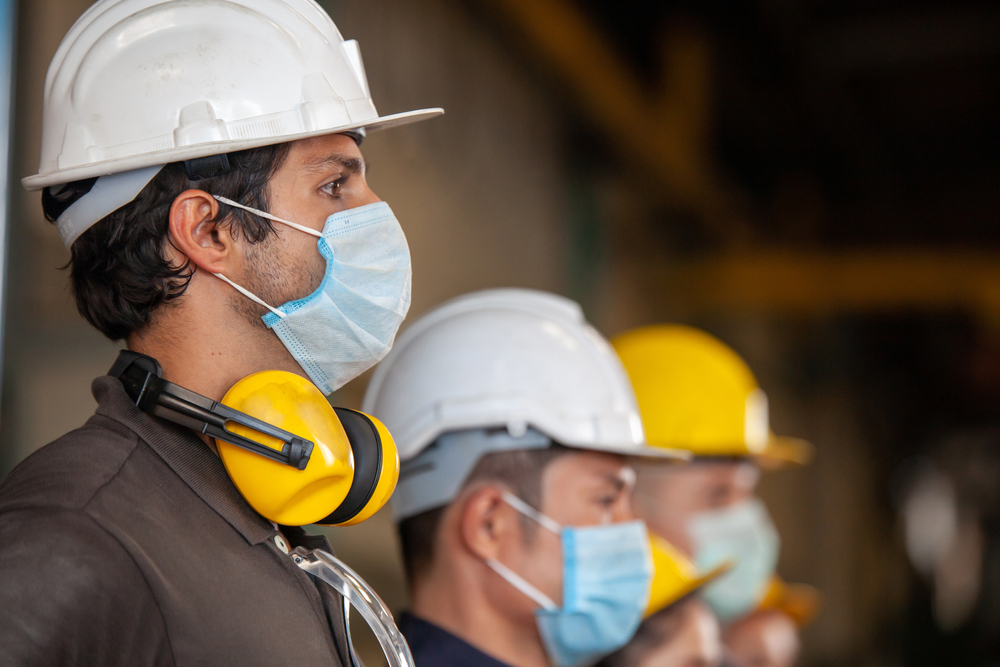
As you’ve already understood, the construction site is full of perils and dangers, and no one can guarantee that no accident will happen. However, most of the safety hazards listed above can be avoided if the crew and the company strictly follow construction site safety rules.
Let’s skim through the most important and mandatory ones:
Providing Construction Site Safety Training For All Employees
Every employee should receive sufficient construction site safety training that will teach them how to follow the OSHA safety requirements to reduce the chance of severe injuries or death.
Holding Frequent Crew Safety Meetings, Raising Awareness
The entire crew should be aware of the potential safety hazards, so frequent crew safety meetings will help raise awareness and decrease the chance of accidents.
These meetings can be easily organized with construction software that can also be used to get live updates from the construction site and quickly notice when the construction site safety rules are not maintained.
Utilizing Protective Clothing And Gear
This one is self-explanatory. Without proper gear and clothing, the workers should not even visit the construction site. Otherwise, the safety hazards will become hundreds of times more fatal.
Keeping the Workspace Clean
Remember we’ve talked about tips and falls? Well, one of the easiest ways to avoid them is to keep the workspace clean and organized. It might sound like an easy task, but it’s pretty hard to follow in the case of construction sites.
Maintaining Proper Equipment and Tools
You need to ensure that all of the equipment and gear your construction workers use are in good shape. Otherwise, the malfunctioning tools might cause severe injuries and even deaths.
One of the most common safety hazards related to malfunctioning equipment is crane and forklift accidents.
Being Careful With Vehicles
Even if the equipment or vehicles are functioning, the workers still need to be cautious with them. Construction vehicles are sometimes hard to control, so the company should ensure that their employees pass specialized training courses and know how to use them properly.
Following OSHA Guidelines and Reporting Any Dangerous Working Conditions
If any construction worker notices that a team member doesn’t follow OSHA guidelines and the risk of a safety hazard is high, he/she should instantly report to the company. This will help avoid big accidents by taking action soon enough.
Preventing Falls
As we’ve mentioned, falls are one of the most common causes of severe injuries and death among construction workers. So it is important for the company to install fall protection systems to prevent and protect its workers from fatal falls during the job.
How Should Construction Sites Operate During The Covid-19 Pandemic?
Recent studies have shown that the construction workforce is getting older and more exposed to health-related issues. This means that it is especially important for construction companies to keep all the Covid-19 rules and prevention practices during the pandemic.
Construction sites are vulnerable to the spread of the virus as the workers usually share the same tools and work on sites that companies rarely disinfect and clean at the end and the beginning of each shift.
However, to ensure a healthier environment, companies should follow all Covid-19 guidelines. Although it is challenging, it is important to include constant disinfection in the safety management practice.
Conclusion
Construction site safety should be a priority for all construction companies, as the construction site remains one of the most dangerous workplaces in the world.
However, if the workers are equipped with enough knowledge and the company strictly follows the construction site safety rules, the number of incidents can be decreased.
Hopefully, one day we can look at the construction employee working on a roof and feel completely safe for him, knowing that the risk of fall or death is extremely low.
If you liked the article and are interested in other construction-related topics, don’t forget to check out other articles from our authors.



